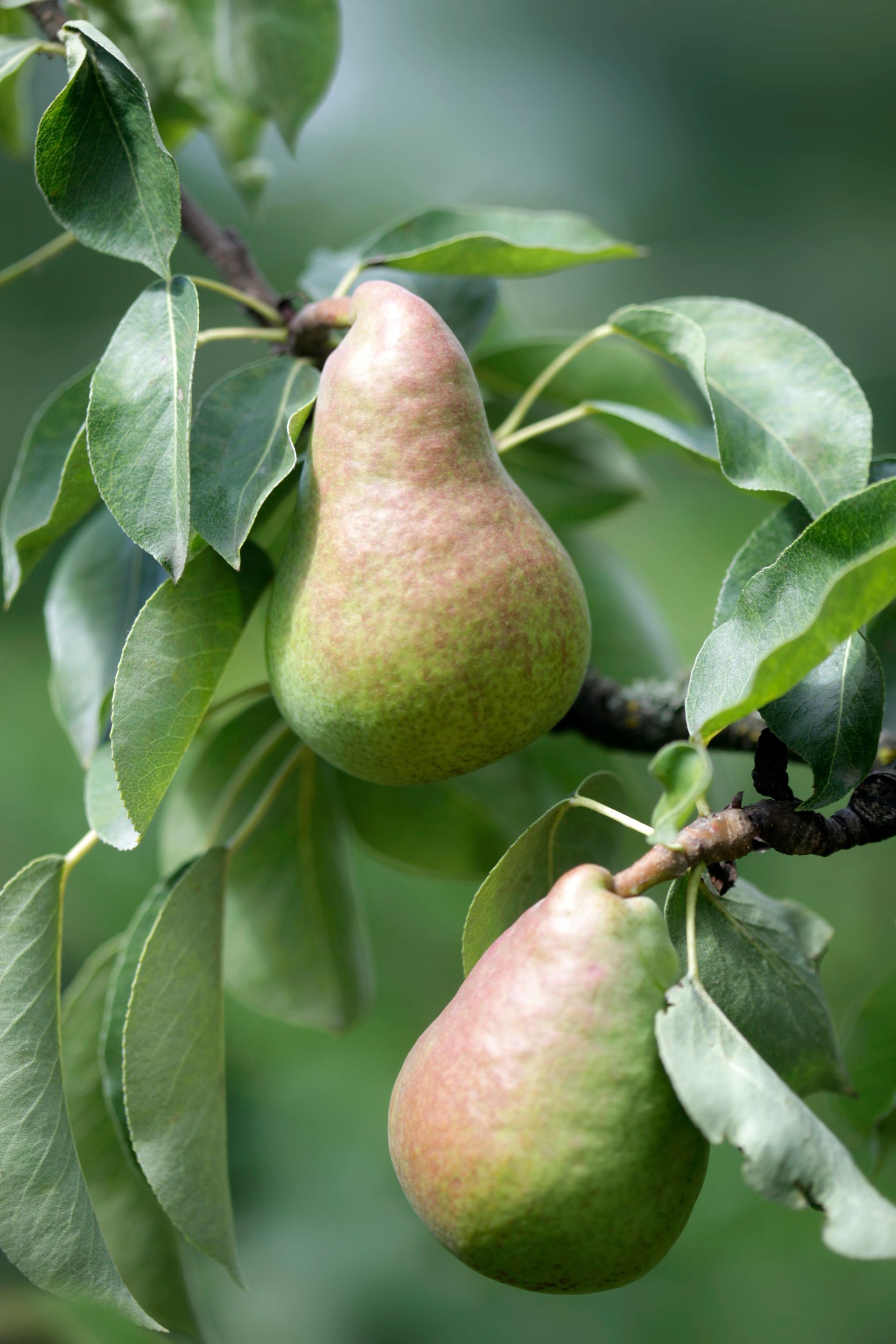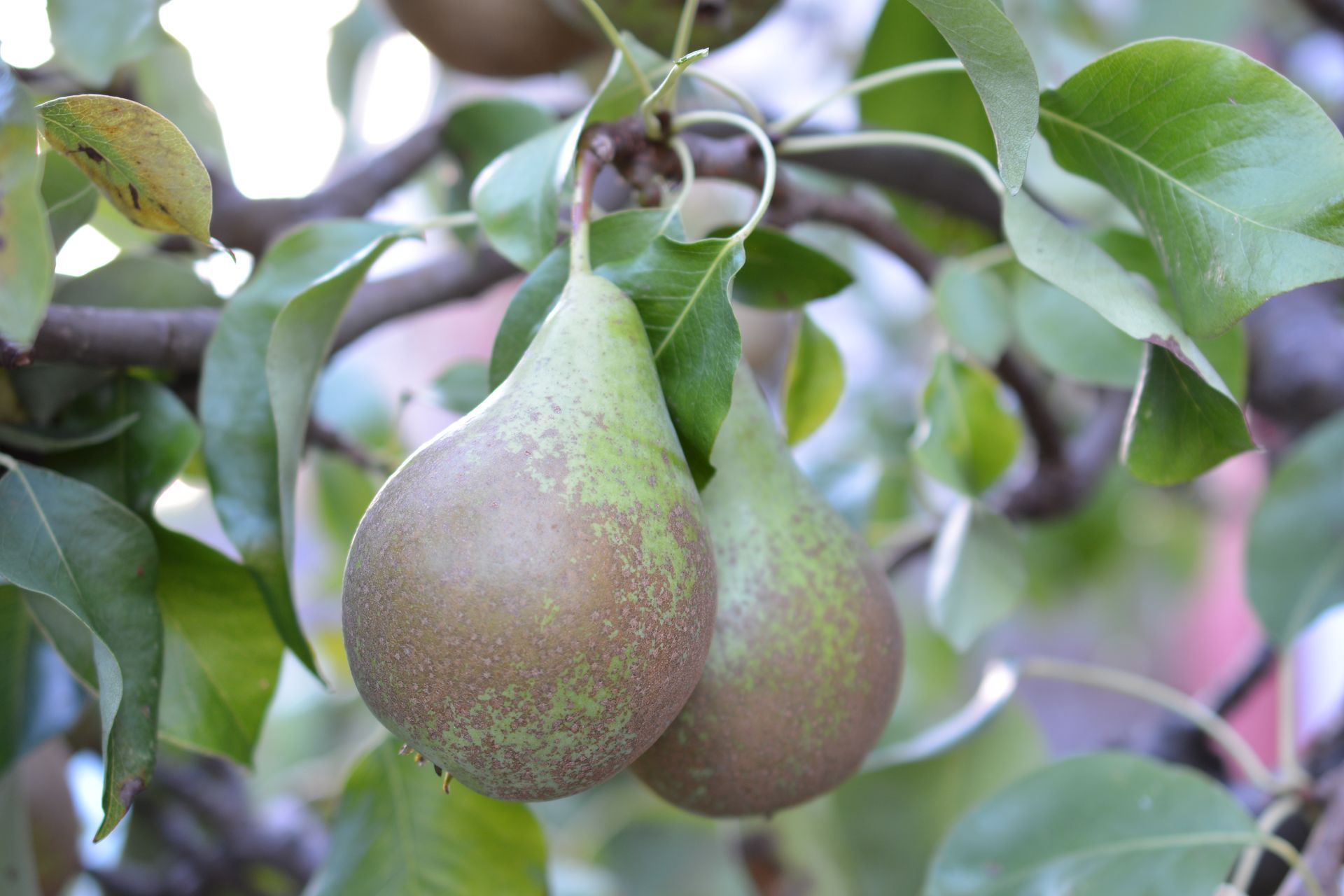Pear, Parker
Pear, Parker
Pyrus Communis 'Parker', a distinguished University of Minnesota introduction celebrated for its exceptional cold hardiness in Zone 4-8 regions, represents one of the most reliable pear varieties for North Dakota's challenging climate. This resilient cultivar resulted from a cross between 'Minnesota 3' and 'Manchurian' pears, inheriting outstanding genetic adaptability to northern conditions while producing high-quality fruits. The tree develops a naturally attractive pyramidal form reaching 15-18 feet in height at maturity, with strong branch structure that handles snow and ice loads effectively. Its abundant white blossoms emerge in mid-spring, creating a spectacular display while demonstrating good frost resistance during the critical flowering period. Parker pears typically reach harvest maturity in September, when the medium to large fruits (averaging 3-4 inches) develop a golden-yellow background color enhanced by an appealing reddish blush on the sun-exposed side. The smooth, creamy flesh offers excellent texture – more tender than many cold-hardy varieties with minimal stone cells – and delivers a sweet, mild flavor with balanced juiciness and subtle aromatic qualities. For optimal quality, fruits should be harvested when mature but still firm, then allowed to ripen off the tree at room temperature until yielding slightly to gentle pressure at the stem end. While Parker possesses partial self-fertility, allowing it to set some fruit without cross-pollination, production quantity and quality are significantly enhanced when planted near compatible varieties with overlapping bloom periods. This partial self-fertility, combined with abundant viable pollen production, makes Parker an exceptionally valuable pollination partner for finicky varieties like Luscious that require cross-pollination to produce any fruit. For maximum production in North Dakota orchards, Parker performs best when paired with varieties like Luscious, Bosc, Flemish Beauty, Kieffer, or Summer Crisp. The combination of reliable cold hardiness, good disease resistance, partial self-fertility, and excellent pollinator capabilities makes Parker an outstanding cornerstone variety for northern pear collections seeking dependable production with minimum maintenance.






